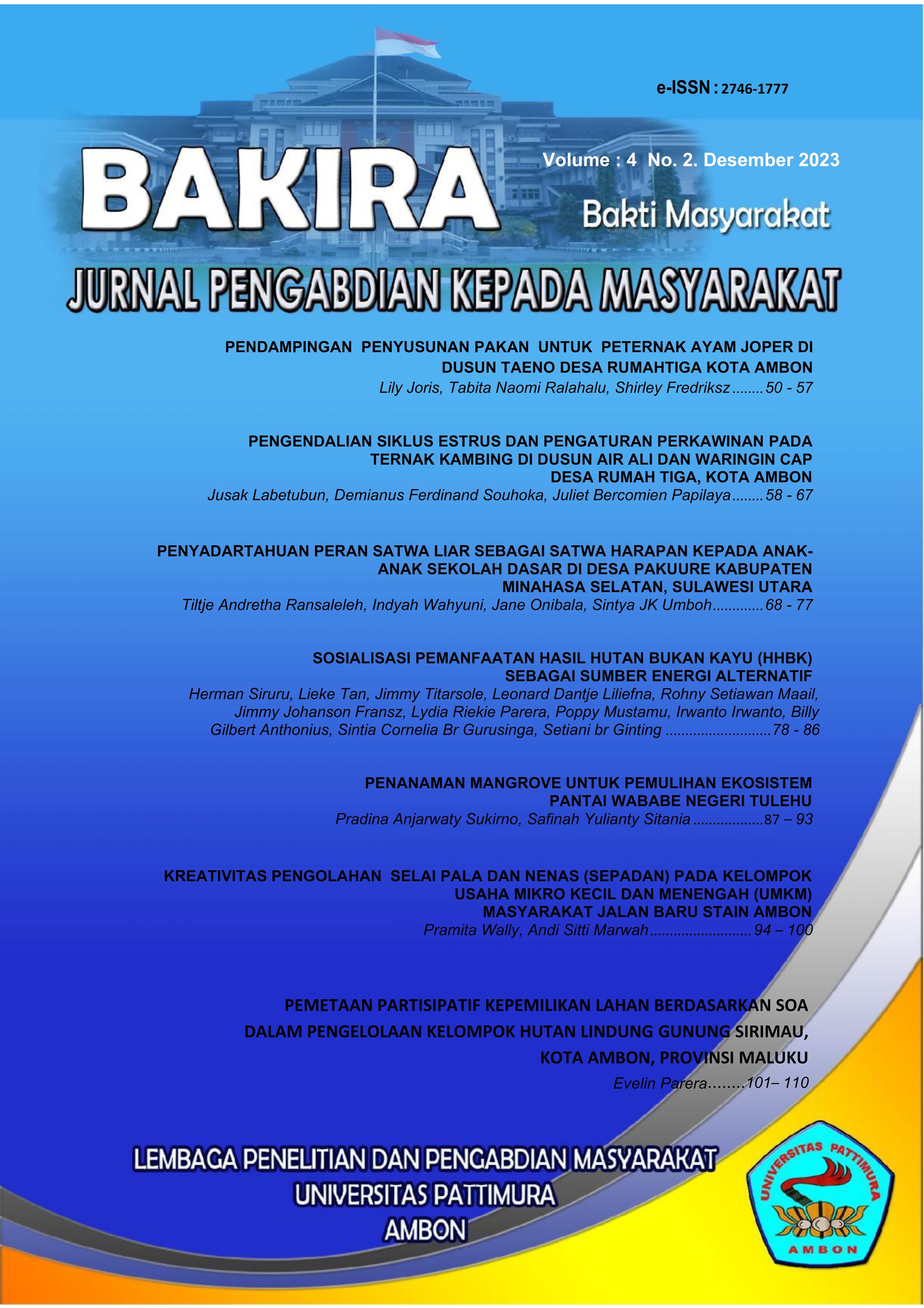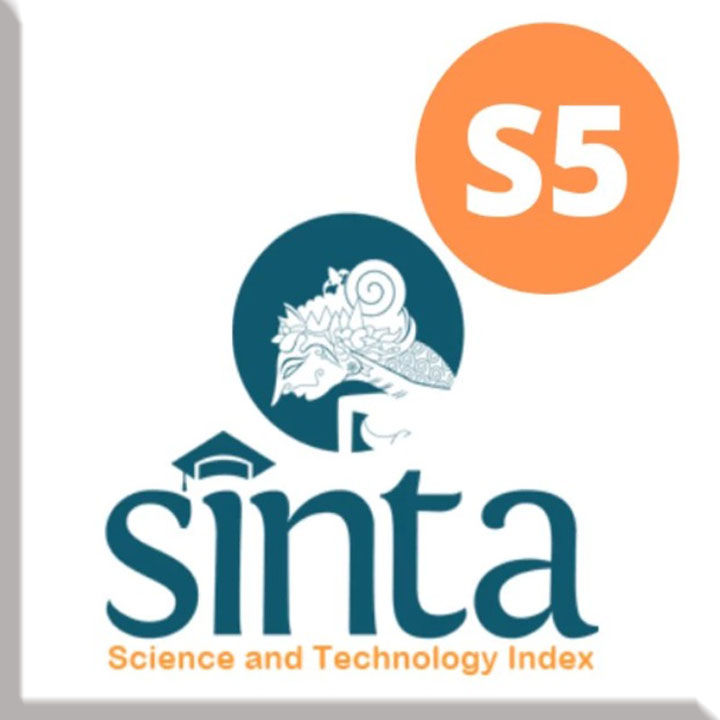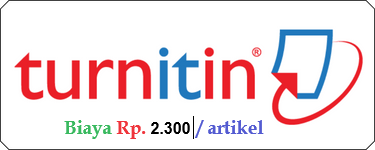SOSIALISASI PEMANFAATAN HASIL HUTAN BUKAN KAYU (HHBK) SEBAGAI SUMBER ENERGI ALTERNATIF
Abstract
The energy needs of the world including Indonesia continue to increase every year. The most commonly used type of energy sources was dominated by fossil. Fossil energy sources were not environmentally friendly and were predicted to run out in a short period of time. Therefore, the alternative energy sources are needed, such as biomass or better known as bioenergy. The purpose of community service activities in Waai Village, Central Maluku Regency was to increase the community’s knowledge in utilizing biomass as an alternative energy source. The management of agroforestry in Waai village potentially produces many types of non-timber forest products (NTFPs) such as sago (Metroxylon sp.) which has husk as its waste after sago flour had been harvested for food. The implementation of the activity was held from July to August 2023, with activity phases including: social approach to the village government and AM GPM management and continued with visiting the community on Friday 11 August 2023. PKM activities were carried out in two sessions, first, delivery of material and practice of making charcoal briquettes starting from carbonization of sago bark, forming of charcoal briquettes and second, burning of the charcoal briquettes. The community was involved in the practice of making sago bark charcoal briquettes in order to raise their appreciations and increase their understanding of producing charcoal briquettes from sago bark.
Downloads
References
Crookes R.J. 2006. Comparative bio-fuel performance in internal combustion engines. Biomass Bioenergy 30, 461–468.
Evans J. 2000. Power to the people. Chemistry in Britain, August 2000, 30–33.
Idamayanti D, Purwadi W, Al-Gary H. 2020. Pengaruh Ukuran Partikel terhadap Karakteristik Riser Sleeve Sekam Padi Pada Aplikasi Pengecoran Baja. POSITRON Vol. 10, No. 1 (2020), Hal. 27 – 33
Langi BG, Rampe MJ, Tengker SMT. 2020. Ekstraksi dan Identifikasi Komponen Utama Pasir Putih dari Desa Marinsow Kabupaten Minahasa Utara dengan Pengujian XRF dan XRD. Fullerene Journ. Of Chem Vol.5 No.2: 78-82, 2020. doi 10.37033/fjc.v5i2.186
Paliama, Saleky M. 2012. Sejarah Negeri Waai. Pusat Studi Maluku Universitas Pattimura Ambon.
Pratama AA, Shadewa D, Muhyin M. 2018. Pengaruh Komposisi Bahan Dasar Dan Variasi Jenis Perekat Terhadap Nilai Kalor, Kadar Air, Kadar Abu Pada Briket Campuran Sekam Padi Dan Tempurung Kelapa.Publikasi Online Mahasiswa Teknik Mesin UNTAG Surabaya – Vol.1 No. 2 (2018)
Rahmadani P.A., Kaimudin R.I. 2019. Pemanfaatan Limbah Sagu Menjadi Biogas Sebagai Sumber Energi Alternatif Dan Ramah Lingkungan. Jurnal Ilmiah penalaran dan Penelitian Mahasiswa. Volume 3 Nomor 1, 2019 109-114
Ruhukail N.L. 2023. Mengenal Budaya “Pukol Sagu” Orang Maluku.Journal on Education. Volume 05, No. 02, Januari-Februari 2023, pp. 4362-4368.
Scragg A.H. 2009. Biofuels Production, Application and Development Cambridge University Press, Cambridge.
Siruru H, Syafii W, Wistara I.N.J., Pari G, Budiman I. 2022. Properties of sago waste charcoal using hydrothermal and pyrolysis carbonization. Biomass Conversion and Biorefinery Volume 12, issue 12, December 2022 Pages: 5543 – 5554. Doi.org/10.1007/s13399-020-00983-9
Siruru H, Syafii W, Wistara I.N.J., Pari G. 2019. Characteristics of Metroxylon rumphii (pith and bark waste) from Seram Island, Maluku, Indonesia BIODIVERSITAS. Volume 20, Number 12, December 2019. Pages: 3517-3526. DOI: 10.13057/biodiv/d201208
Suryaningsih S, Anggraeni Pm, Nurhilal O. Pengaruh Ukuran Partikel Terhadap Kualitas Termal Dan Mekanbriket Campuran Arang Sekam Padi Dan Kulit Kopi. Jurnal Material dan Energi Indonesia Vol. 09, No. 02 (2019) 79 – 85
Thamrin T, Sumarno S, Suharianto J. 2022. Eskalasi Produksi dan Kualitas Arang Melalui Konsep “Smart Burning Drum” Pada Kelompok Petani Kelapa Desa Sei Kepayang Kabupaten Asahan. Jurnal Pengabdian kepada Masyarakat Nusantara (JPkMN). Vol.3 No.2,1 Desember 2022 919-926
Utami AS. 2018. Studies on the Utilization of Sago Residue. [Dissertation] Mie University, Japan.
Veince B. Silahooy, Laury M C. Huwae, dan Kresyan Pentury. Inventarisasi Jenis Burung Di Habitat Hutan Desa Waai Kabupaten Maluku Tengah. BIOSFER, J.Bio. & Pend.Bio. Vol.5, No.1, Juni 2020
Yudiartono Y, Anindhita A, Sugiyono A, . Wahid L.M.A, Adiarso A. 2018. Outlook Energi Indonesia. Energi Berkelanjutan untuk Transportasi Dara. Badan Pengkajian dan Penerapan Teknologi. ISBN 978-602-1328-05-7
Copyright (c) 2023 Herman Siruru, Lieke Tan, Jimmy Titarsole, Leonard Dantje Liliefna, Rohny Setiawan Maail, Jimmy Johanson Fransz, Lydia Riekie Parera, Poppy Mustamu, Irwanto Irwanto, Billy Gilbert Anthonius, Sintia Cornelia Br Gurusinga, Setiani Br Ginting

This work is licensed under a Creative Commons Attribution-NonCommercial-ShareAlike 4.0 International License.













